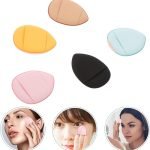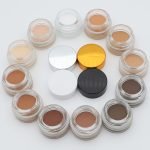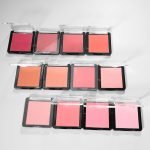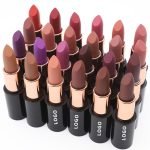If you’re starting a private label cosmetic brand and planning your product line, one of the most crucial decisions you’ll need to make is how to price your products. Although the pricing process can be exciting, it can also be overwhelming, as getting it right is crucial for maximizing your profits. In this article, I will guide you through the essential factors to consider when pricing your private label cosmetic products, share strategies for maximizing your profits, and highlight common mistakes to avoid.
Factors to Consider When Pricing Private Label Products
Before you can set a price for your private label cosmetics products, you need to consider several factors, such as the total cost of production, desired profit margin, competitive landscape, target market, and pricing strategy so on so forth.
Determine your costs
You need to calculate the costs associated with producing your private label cosmetics. This includes the cost of raw materials, packaging, manufacturing, shipping and labor. You can get a quote from your private label manufacturer or supplier to help you determine your costs. It’s important to consider all costs in order to ensure that your pricing covers your expenses and allows for a profit margin.
Determine your profit margin
Your profit margin is the amount of money you make on each product after you have covered your costs. It’s important to determine a competitive profit margin that allows you to make a profit while still being competitive in the market. You can choose to have a high profit margin if your product is high-end and marketed to a luxury audience, or a lower profit margin if you are targeting a budget-conscious audience.
Research your competition
It’s important to research your competitors and analyze their pricing strategies. This will help you determine a competitive price point for your private label cosmetics. Look at the pricing of similar products in your market and consider the quality of your product relative to your competitors. If your product is of higher quality, you may be able to charge a premium price.
Consider your target market
Your target market is the group of consumers you are trying to reach with your product. When determining your pricing strategy, it’s important to consider the price range that your target market is willing to payfor your product. If you are targeting a luxury market, you may be able to charge a higher price than if you are targeting a budget-conscious market. Understanding your target market’s buying habits and purchasing power can help you establish a pricing strategy that meets their expectations.
Test your pricing
Once you have determined a pricing strategy, it’s important to test it to see how well it works. Consider offering your product at different price points and track sales to see which prices generate the most revenue. You can also offer discounts or promotions to encourage customers to try your product. It’s important to regularly evaluate your pricing strategy to ensure that you are meeting your business goals and staying competitive in the market.
Conclusion
It’s also worth noting that pricing private label cosmetics can be complex because there are many factors that can influence the price, including the quality of the product, the packaging, the marketing strategy, and the target market. It’s important to take a holistic approach to pricing and consider all of these factors when determining your pricing strategy.




























